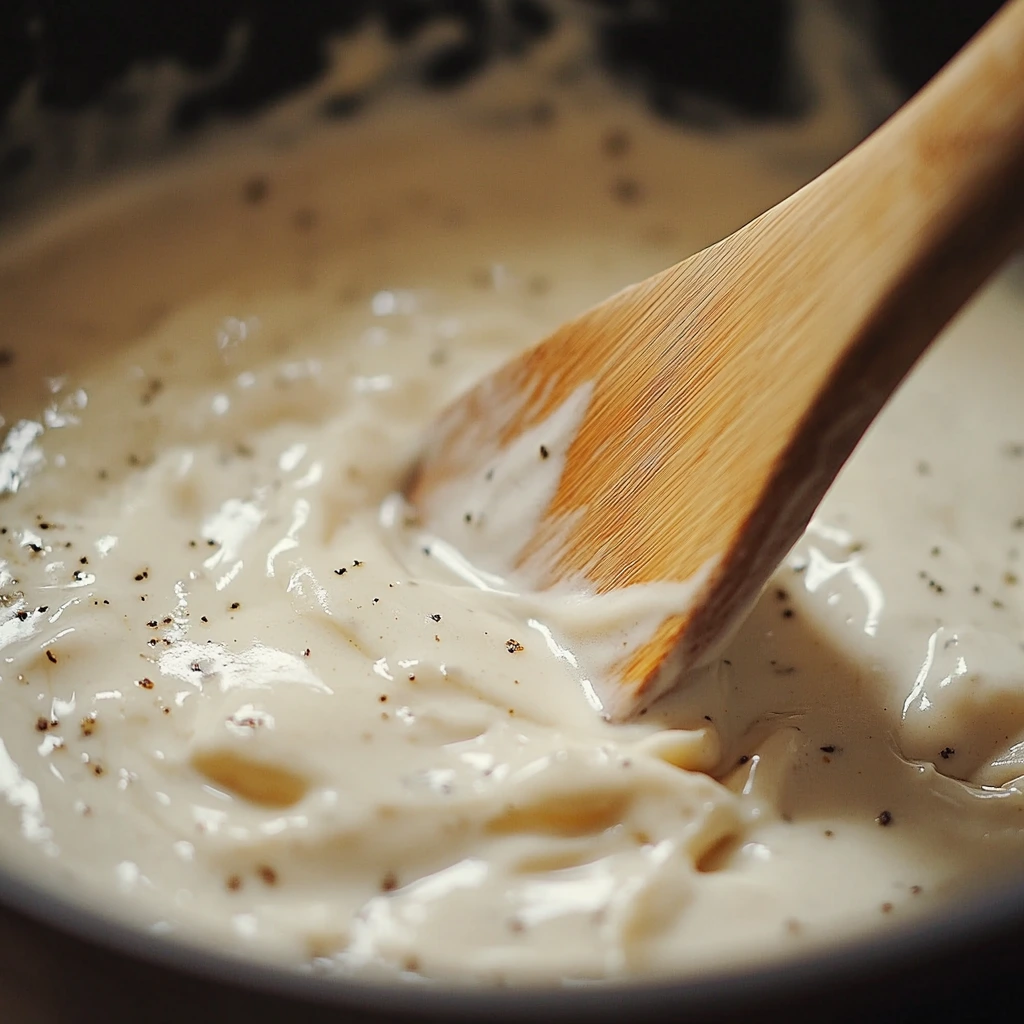The Ultimate Creamy Alfredo Sauce Recipe: A Step-by-Step Guide
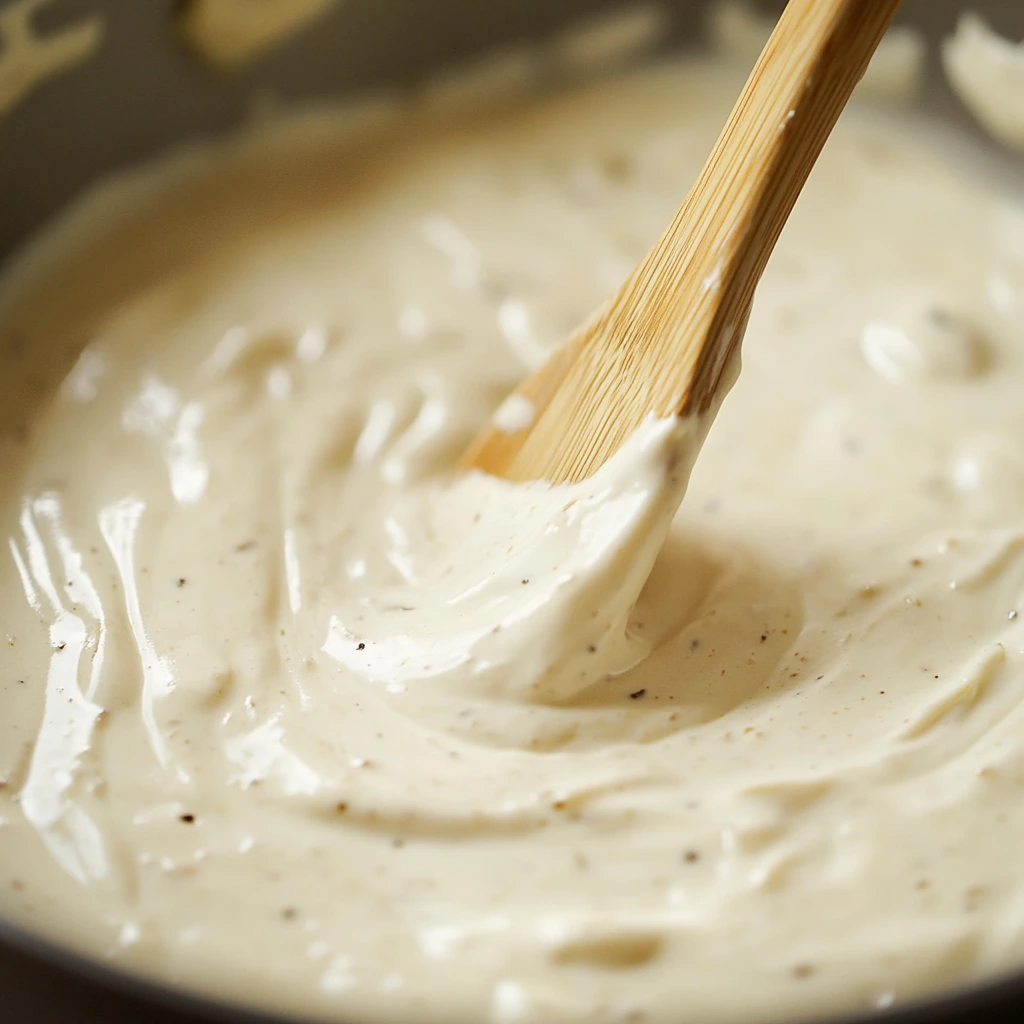
There’s something magical about a plate of creamy Alfredo pasta, isn’t there? It’s one of those dishes that feels like a warm hug—rich, comforting, and so satisfying. You don’t have to be a professional chef to make an Alfredo sauce that rivals your favorite Italian restaurant. The best part? It’s way simpler than you think, and you can whip it up with just a handful of ingredients. So, grab your apron, and let’s make some magic in the kitchen!
Why Homemade Alfredo Sauce Is Worth It
Before diving into the recipe, let’s talk about why making Alfredo sauce at home is such a game-changer. You know those jars of Alfredo sauce you see at the grocery store? Sure, they’re convenient, but they often come with extra preservatives and flavors that feel, well, less authentic. Making your own sauce means you’re in control. You get to decide how rich, cheesy, or garlicky you want it. Plus, there’s something so rewarding about creating a dish from scratch—especially when everyone at the table is oohing and aahing over it.
And let’s not forget the versatility. Once you’ve mastered this sauce, you can pair it with pasta, drizzle it over roasted vegetables, or use it as a dip. It’s like having a secret weapon in your kitchen arsenal.
Gather Your Ingredients
The beauty of Alfredo sauce lies in its simplicity. You don’t need a long list of fancy ingredients—just a few staples you might already have in your kitchen:
- 2 cups of heavy cream—This is the foundation of your sauce. It’s what gives it that dreamy, silky texture.
- 1/2 cup of unsalted butter—Butter adds richness and depth to the sauce.
- 1 cup of freshly grated Parmesan cheese—the star ingredient. Freshly grated is key here for a smooth, melt-in-your-mouth sauce.
- 3–4 garlic cloves (minced) – Garlic brings a gentle kick and a heavenly aroma.
- Salt and black pepper to taste—just a pinch to balance the flavors.
- Fresh parsley (optional) – For a little pop of color and a hint of freshness.
Let’s Cook: Step-by-Step Instructions
Step 1: Start with the Butter
First things first: Grab a medium-sized saucepan and set it over medium heat. Toss in the unsalted butter and let it melt slowly. Keep an eye on it—you don’t want it to brown, just melt into a golden pool of goodness. Once it’s melted, add your minced garlic. Stir it around for a minute or two until your kitchen smells like heaven. Garlic has a way of doing that, doesn’t it?
Step 2: Add the Cream
Now comes the heavy cream. Pour it in gently and stir as you go. You’ll notice the cream and butter start to blend into a velvety mixture. Lower the heat to medium-low and let the sauce simmer for about 5 minutes. The goal here is to let the flavors meld together without boiling—boiling can mess with the consistency, and we definitely don’t want that.
Step 3: Time for the Cheese
This is where the magic happens. Reduce the heat to its lowest setting and grab your freshly grated Parmesan cheese. Add it in small handfuls, stirring constantly. You’ll see the cheese melt beautifully into the cream and butter mixture, creating that creamy Alfredo sauce you’ve been dreaming about. Take your time with this step; you want every bit of cheese to dissolve perfectly.
Pro Tip: If you’ve ever ended up with a lumpy sauce, it’s probably because the cheese wasn’t fully melted or the heat was too high. Low and slow is the way to go here!
Step 4: Season to Taste
Give your sauce a quick taste. This is where you can adjust the seasoning to your liking. Add a pinch of salt and a few twists of freshly ground black pepper. Remember, Parmesan is naturally salty, so you might not need much extra salt. Stir everything together one last time.
Step 5: Let It Thicken
Let the sauce simmer for another couple of minutes. This is when it thickens up to that perfect, creamy consistency. If you like your Alfredo sauce on the thinner side, you can always add a splash of milk or pasta water to loosen it up. And if you’re after a super-rich sauce, just let it cook a little longer.
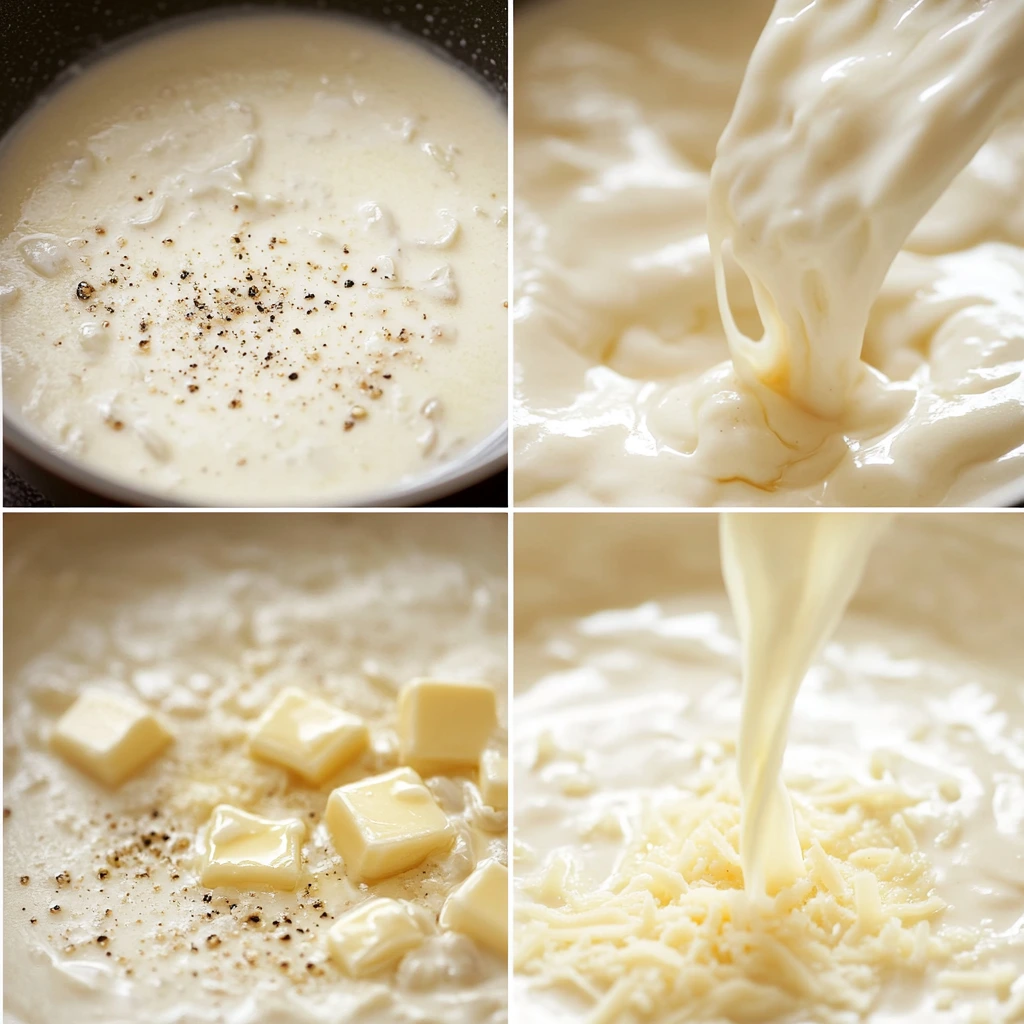
Bringing It All Together
Pairing Your Sauce with Pasta
The classic choice for Alfredo sauce is fettuccine. It’s wide, flat, and perfect for soaking up all that creamy goodness. Cook your pasta until it’s al dente, drain it, and then toss it right into the pan with the Alfredo sauce. Don’t rinse your pasta—those starchy bits help the sauce cling to each noodle.
Feel free to mix things up, though. Penne, rigatoni, or even spaghetti can work beautifully. You do you! The important thing is to get that pasta-to-sauce ratio just right. You want every bite to be coated in creamy perfection.
Exploring Alfredo Sauce Recipe Variations
If you’ve mastered the classic Alfredo sauce recipe, you might want to explore some creative variations. These tweaks can offer a slightly different flavor profile, texture, or even accommodate what you have in your kitchen. Let’s look at a few exciting options:
1. Alfredo Sauce with Cream Cheese
Cream cheese is a fantastic addition to Alfredo sauce, and it creates an even creamier and tangier result. If you’re a fan of extra-rich sauces, this variation is for you. To incorporate cream cheese, replace half of the heavy cream in the classic recipe with about 4 ounces of cream cheese. Allow it to melt fully into the butter before adding Parmesan cheese. The cream cheese helps thicken the sauce naturally and adds a delightful twist that’s perfect for pairing with roasted vegetables or baked pasta dishes.
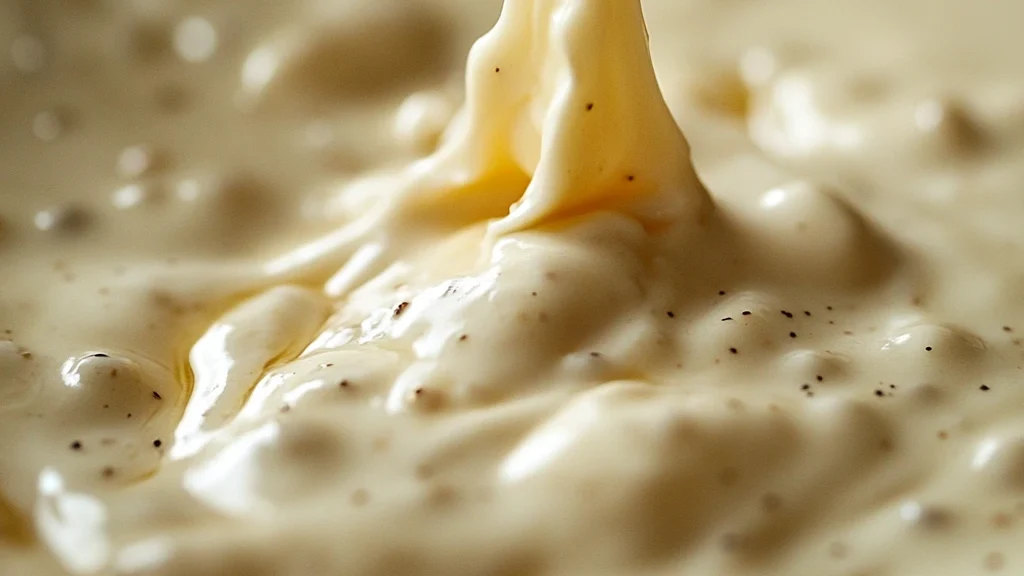
2. Alfredo Sauce Recipe with Milk
Running low on heavy cream? No problem! You can use milk to make a lighter Alfredo sauce that still tastes delicious. Whole milk works best for a creamy texture, but you can use 2% milk for a healthier option. To create this version, mix 1 ½ cups of milk with 1 tablespoon of flour to form a slurry. Cook this mixture with butter and garlic as your base, whisking continuously to thicken it. Once it’s smooth, stir in the Parmesan cheese as usual. This version is perfect if you want to enjoy Alfredo sauce without the richness of heavy cream.
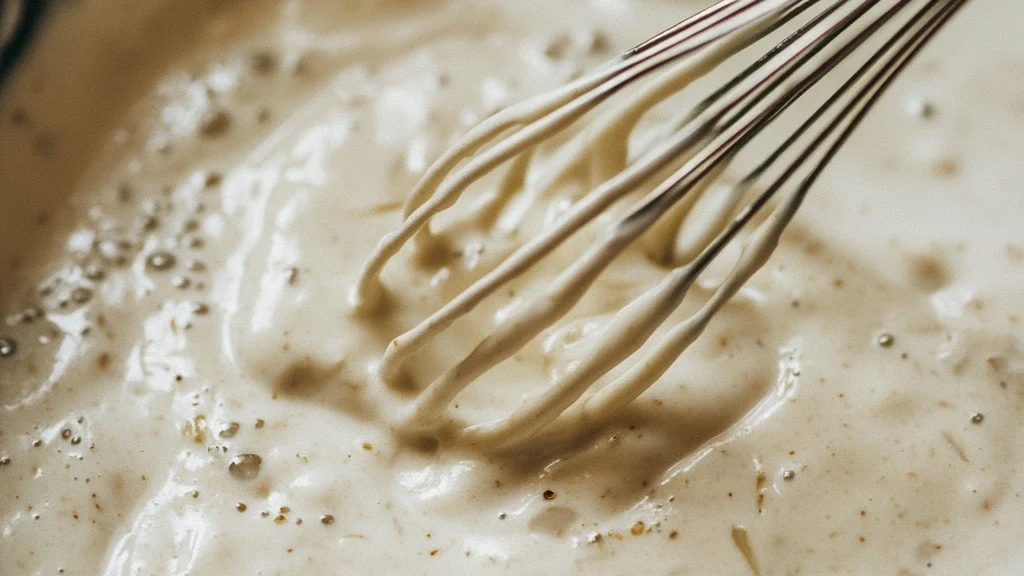
3. Alfredo Sauce Recipe Without Heavy Cream
For those looking to skip heavy cream entirely, there are still plenty of ways to enjoy Alfredo sauce. One popular alternative is to use a mix of milk and butter. Combine 1 cup of milk with 2–3 tablespoons of butter, heating them together until the butter melts completely. To achieve a thicker sauce, whisk in a teaspoon of cornstarch or flour before adding Parmesan cheese. The result is a lighter but still flavorful Alfredo sauce that works beautifully over pasta or as a pizza base.
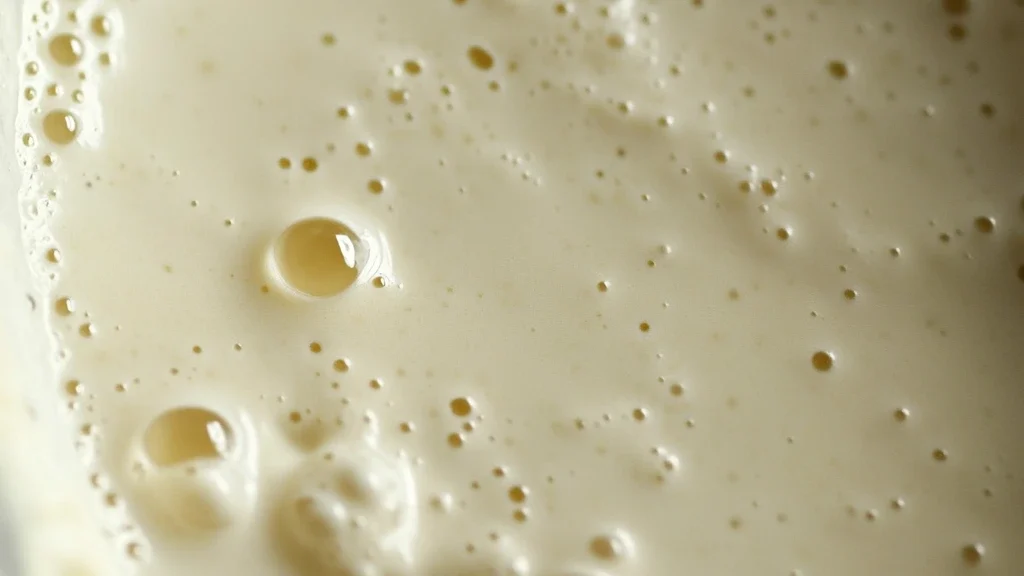
The Joy of Sharing Homemade Alfredo Sauce
There’s something incredibly special about sharing a homemade meal with the people you care about. When you serve up a dish of pasta coated in rich, creamy Alfredo sauce, you’re not just feeding people—you’re creating a moment. It’s the kind of meal that makes everyone linger a little longer at the table, savoring each bite and each other’s company.
And the best part? It’s so easy to make that you can enjoy it on a busy weeknight or dress it up for a fancy dinner party. Either way, it’s a guaranteed crowd-pleaser.
Tips to Nail It Every Time
- Use Fresh Cheese: Pre-grated Parmesan often contains additives that can make your sauce grainy. Go for the real deal and grate it yourself.
- Low and Slow: Patience is key. Cooking the sauce on low heat ensures a silky texture.
- Prep Your Pasta: Don’t let your pasta sit around after draining it. Toss it in the sauce immediately so it can soak up all that flavor.
Storing and Reheating Alfredo Sauce
Made too much? No problem! Alfredo sauce can be stored in an airtight container in the fridge for up to 3 days. When you’re ready to enjoy it again, reheat it on the stovetop over low heat. Add a splash of milk or cream as needed to restore its creamy consistency. Avoid using the microwave—it can separate the sauce, and no one wants that.
FAQs About Alfredo Sauce Recipe
What is Alfredo sauce made of?
Alfredo sauce is traditionally made with a simple blend of heavy cream, butter, and Parmesan cheese. Garlic is often added for flavor, and some recipes include salt and black pepper for seasoning. The result is a rich and creamy sauce that pairs beautifully with pasta.
How to make Alfredo sauce creamy and not gritty?
To ensure your Alfredo sauce is creamy and smooth, always use freshly grated Parmesan cheese instead of pre-packaged shredded varieties, which can contain anti-caking agents that lead to a gritty texture. Additionally, keep the heat low when adding the cheese to prevent it from clumping, and stir continuously for a uniform consistency.
Can I use milk instead of heavy cream for Alfredo?
Yes, you can use milk as a substitute for heavy cream to make a lighter Alfredo sauce. Whole milk works best for a creamy texture. You can thicken it with a slurry made from flour or cornstarch to mimic the richness of heavy cream.
What is the difference between Alfredo and white sauce?
Alfredo sauce and white sauce (béchamel) are similar but distinct. The former is cream-based, made with butter, heavy cream, and Parmesan cheese. In contrast, white sauce, a classic French béchamel, starts with a roux of butter and flour combined with milk. While Alfredo is richer and cheesier, white sauce serves as a versatile base for various dishes.
Does Alfredo need Parmesan?
Yes, Parmesan cheese is a key ingredient in Alfredo sauce. It provides the distinct savory, nutty flavor that defines Alfredo’s taste. While you can experiment with other cheeses like Pecorino Romano, Parmesan remains the traditional choice.
What mother sauce is Alfredo made from?
Alfredo sauce is not technically derived from one of the French mother sauces, but it is closely related to béchamel. Unlike béchamel, which uses flour as a thickener, Alfredo sauce relies on the natural thickening properties of cream and cheese.
What makes Alfredo sauce taste like Alfredo?
The rich, creamy flavor of Alfredo sauce comes from the combination of butter, heavy cream, and Parmesan cheese. Garlic and black pepper add depth and balance to the dish, while the cheese contributes its signature savory, nutty notes.
What is a substitute for white sauce?
If you need a substitute for white sauce (béchamel), you can use Alfredo sauce for a richer and cheesier alternative. For a lighter option, try a cream-based sauce made with milk thickened by cornstarch or flour.
What do Italians call Alfredo sauce?
In Italy, Alfredo sauce, as it’s known in the U.S., doesn’t exist. Instead, Italians refer to a similar dish as “pasta al burro e parmigiano,” which translates to “pasta with butter and Parmesan.” The classic creamy Alfredo sauce is more of an American adaptation.
Let’s Make Pasta Night Special
You don’t need a special occasion to make something as delightful as Alfredo sauce. It’s one of those recipes that’s just as suited to a cozy night in as it is to a dinner party with friends. And now that you know how to make it, you’ve got the power to turn any meal into a little celebration.
So, what are you waiting for? Grab your ingredients, put on some music, and have fun in the kitchen. Cooking isn’t just about the end result; it’s about the joy of creating something with your own two hands. And trust me, when you take that first bite of creamy, cheesy Alfredo pasta, you’ll be so glad you did.
Happy cooking!
Discover Your Next Favorite Recipe Right Here!

